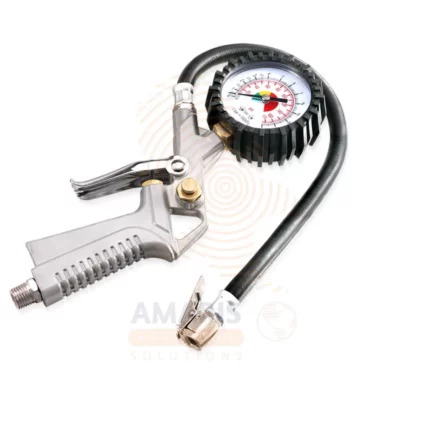
Tyre Inflating Gun
$12,570.00 Original price was: $12,570.00.$11,570.00Current price is: $11,570.00.

Universal Socket Wrench
$18,700.00 Original price was: $18,700.00.$18,200.00Current price is: $18,200.00.
Tyre Pressure Gun
$12,700.00 Original price was: $12,700.00.$12,200.00Current price is: $12,200.00.
WhatsApp Order
A tyre pressure gun, more commonly known as a tire pressure gauge, is a handheld instrument used to measure the air pressure within a vehicle’s tires. It typically consists of a pressure-sensitive mechanism, a dial or digital display, and a nozzle that can be attached to the tire’s valve stem. The primary function of a tire pressure gauge is to provide an accurate reading of the air pressure in the tire, helping drivers maintain proper inflation levels for optimal vehicle performance, fuel efficiency, and safety.
SKU:
AHS98885
Category: Tire Inflators & Wheel Tools
Description
Tyre Pressure Gun Uses
- Maintaining Proper Tire Inflation:
- Regularly checking and maintaining the correct tire pressure helps ensure optimal fuel efficiency, handling, and overall performance of a vehicle.
- Fuel Efficiency:
- Properly inflated tires reduce rolling resistance, improving fuel efficiency and reducing fuel consumption.
- Safety:
- Correct tire pressure enhances traction, handling, and braking, contributing to better overall vehicle safety. Underinflated or overinflated tires can lead to accidents and increased tire wear.
- Tire Longevity:
- Monitoring and adjusting tire pressure to the recommended levels can extend the lifespan of the tires by promoting even wear and preventing premature tire damage.
- Optimal Vehicle Performance:
- Properly inflated tires contribute to better vehicle stability, handling, and ride comfort, ensuring an overall positive driving experience.
- Preventing Blowouts:
- Regular pressure checks help identify potential issues such as underinflation, reducing the risk of tire blowouts, which can be dangerous, especially at high speeds.
- Temperature Changes:
- Tire pressure tends to fluctuate with temperature changes. Monitoring and adjusting tire pressure as needed, especially during extreme temperature variations, help maintain safe and efficient driving conditions.
- Roadside Emergencies:
- Carrying a tire pressure gauge is useful in case of emergencies, allowing drivers to quickly assess and address tire pressure issues on the road.
- Tire Rotation:
- Proper tire pressure is essential when rotating tires. Checking and adjusting tire pressure during routine maintenance helps ensure even tire wear across all wheels.
- Monitoring Tire Health:
- Regular pressure checks can help identify slow leaks or punctures, allowing for timely repairs before more significant issues arise.
- Compliance with Manufacturer Recommendations:
- Manufacturers provide recommended tire pressure levels for specific vehicles. Using a tire pressure gauge ensures compliance with these recommendations for optimal performance and safety.
Reviews (0)
Be the first to review “Tyre Pressure Gun” Cancel reply
Related products
Auto Air Compressor
An auto air compressor is a mechanical device designed to compress and pressurize air for various automotive applications. Typically powered by the vehicle's engine or electrical system, it takes in atmospheric air and compresses it to a higher pressure, which is then stored in a tank. This pressurized air can be utilized for tasks such as inflating tires, powering pneumatic tools, and assisting in various vehicle systems, such as air suspension or braking systems. Auto air compressors play a crucial role in maintaining optimal tire pressure, ensuring vehicle safety, and enabling the efficient operation of pneumatic equipment within the automotive context.
Cross Rim Wrench 16MM shaft
A Cross Rim Wrench shaft refers to the central elongated handle or bar of a cross rim wrench, commonly used for loosening or tightening lug nuts on vehicle wheels. The shaft typically features a cross-shaped or X-shaped configuration, with four arms extending outward from the central point. Each arm is equipped with a socket or a lug nut wrench on its end, allowing the user to engage with the lug nuts on the wheel for efficient and effective tire maintenance. The cross rim wrench shaft provides leverage and ease of use when applying force to rotate the lug nuts, facilitating the removal or installation of wheels on automobiles.
Tyre Inflating Gun
A tyre inflating gun, often referred to as a tire inflator or air gun, is a pneumatic tool designed for inflating vehicle tires with compressed air. It typically consists of a trigger-operated nozzle connected to an air hose and is commonly used in automotive maintenance, such as at gas stations, auto repair shops, or by individuals for inflating tires at home. The gun allows precise control over the airflow and pressure, enabling users to inflate tires to the recommended levels specified by the vehicle manufacturer


 Acrylic Sealants
Acrylic Sealants Adhesive Application Tools
Adhesive Application Tools Construction Adhesives
Construction Adhesives Double-Sided Tape
Double-Sided Tape Masking Tape
Masking Tape Epoxy & Resins
Epoxy & Resins Duct Tape
Duct Tape Electrical Tape
Electrical Tape
 Auto Body Repair Tools
Auto Body Repair Tools Automotive Wrenches & Socket Sets
Automotive Wrenches & Socket Sets Battery Chargers & Jump Starters
Battery Chargers & Jump Starters Car Jacks & Stands
Car Jacks & Stands Car Wash & Detailing Products
Car Wash & Detailing Products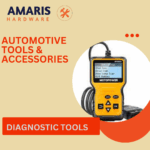 Diagnostic Tools
Diagnostic Tools Tire Inflators & Wheel Tools
Tire Inflators & Wheel Tools Oil & Lubricants
Oil & Lubricants Vehicle Lighting
Vehicle Lighting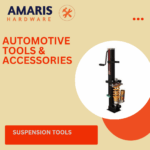 Suspension Tools
Suspension Tools Vehicle Maintenance Tools
Vehicle Maintenance Tools
 Adhesives & Sealants
Adhesives & Sealants Bricks & Blocks
Bricks & Blocks Cement & Concrete
Cement & Concrete Drywall & Plaster
Drywall & Plaster Insulation Materials
Insulation Materials Roofing Materials
Roofing Materials Paints, Primers & Coatings
Paints, Primers & Coatings Marking & Layout Tools
Marking & Layout Tools Quarry Machinery
Quarry Machinery
 Electric Motors
Electric Motors Electrical Boxes & Panels
Electrical Boxes & Panels Electrical Cables & Wires
Electrical Cables & Wires Extension Cords & Power Strips
Extension Cords & Power Strips Fuses & Relays
Fuses & Relays Lighting Fixtures & Bulbs
Lighting Fixtures & Bulbs Conduit & Fittings
Conduit & Fittings Cable Management
Cable Management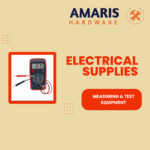 Measuring & Test Equipment
Measuring & Test Equipment Circuit Breakers
Circuit Breakers Connectors & Terminals
Connectors & Terminals Switches & Sockets
Switches & Sockets
 Screws
Screws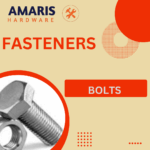 Bolts
Bolts Nuts
Nuts Washers
Washers Rivets & Riveter
Rivets & Riveter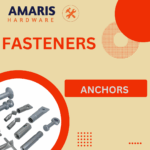 Anchors
Anchors Nails
Nails Threaded Rods
Threaded Rods Clips & Clamps
Clips & Clamps
 Garden Fencing
Garden Fencing Garden Furniture Hardware
Garden Furniture Hardware Agricultural Machinery
Agricultural Machinery Lawn Mowers
Lawn Mowers Trimmers & Edgers
Trimmers & Edgers Shovels & Spades
Shovels & Spades Rakes & Hoes
Rakes & Hoes Pruning Shears & Loppers
Pruning Shears & Loppers Watering Systems
Watering Systems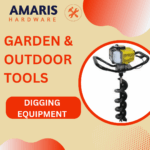 Digging Equipment
Digging Equipment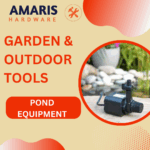 Pond Equipment
Pond Equipment
 Generator Accessories
Generator Accessories Inverters
Inverters Diesel & Gasoline Generators
Diesel & Gasoline Generators Power Inverters
Power Inverters Transfer Switches
Transfer Switches Portable Generators
Portable Generators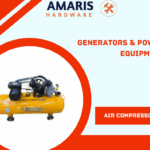 Air Compressor
Air Compressor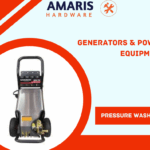 Pressure Washers
Pressure Washers Water Pumps
Water Pumps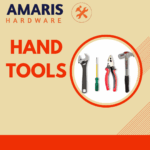
 Fastening Tools
Fastening Tools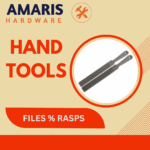 Files & Rasps
Files & Rasps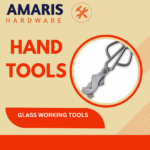 Glass working Tools
Glass working Tools Hammers
Hammers Hand Tool Accessories
Hand Tool Accessories Screwdrivers
Screwdrivers Wrenches & Spanners
Wrenches & Spanners Pliers & Cutters
Pliers & Cutters Saws & Blades
Saws & Blades Measuring Tools
Measuring Tools Chisels & Punches
Chisels & Punches Allen Keys & Hex Keys
Allen Keys & Hex Keys Ratchets & Socket Sets
Ratchets & Socket Sets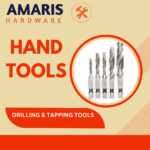 Drilling & Tapping Tools
Drilling & Tapping Tools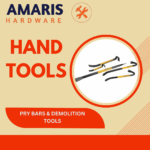 Pry Bars & Demolition Tools
Pry Bars & Demolition Tools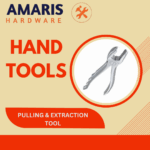 Pulling & Extraction Tools
Pulling & Extraction Tools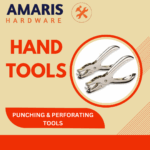 Punching & Perforating Tools
Punching & Perforating Tools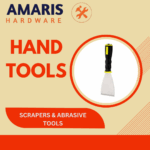 Scrapers & Abrasive Tools
Scrapers & Abrasive Tools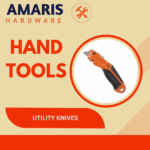 Utility Knives
Utility Knives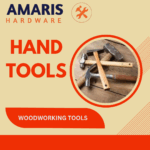 Woodworking Tools
Woodworking Tools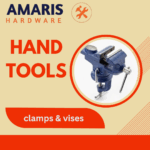 Clamps & Vises
Clamps & Vises
 Hinges & Latches
Hinges & Latches Hooks & Brackets
Hooks & Brackets Door Handles & Locks
Door Handles & Locks Drawer Slides & Cabinet Hardware
Drawer Slides & Cabinet Hardware Window Hardware
Window Hardware Chains & Cables
Chains & Cables Casters & Wheels
Casters & Wheels Shelving & Storage Systems
Shelving & Storage Systems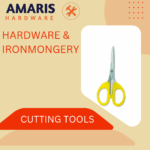 Cutting Tools
Cutting Tools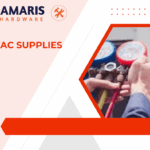
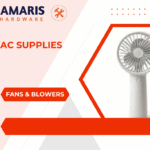 Fans & Blowers
Fans & Blowers HVAC Filters
HVAC Filters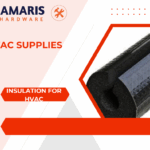 Insulation for HVAC
Insulation for HVAC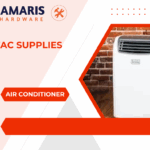 Air Conditioners
Air Conditioners Ventilation Ducts & Fittings
Ventilation Ducts & Fittings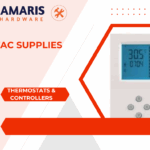 Thermostats & Controllers
Thermostats & Controllers Refrigerants
Refrigerants
 Food Processing Machinery
Food Processing Machinery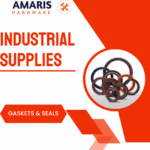 Gaskets & Seals
Gaskets & Seals Harvesting Equipment
Harvesting Equipment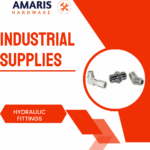 Hydraulic Fittings
Hydraulic Fittings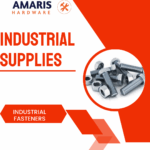 Industrial Fasteners
Industrial Fasteners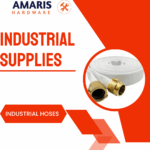 Industrial Hoses
Industrial Hoses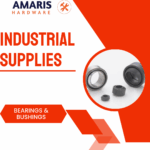 Bearings & Bushings
Bearings & Bushings Belts & Pulleys
Belts & Pulleys Lubricants & Greases
Lubricants & Greases Metal Sheets & Bars
Metal Sheets & Bars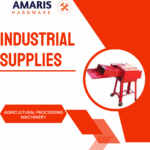 Agricultural Processing Machinery
Agricultural Processing Machinery Poultry Processing Equipment
Poultry Processing Equipment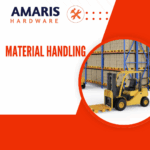
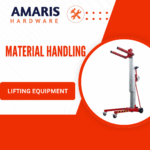 Lifting Equipment
Lifting Equipment Transport Equipment
Transport Equipment Storage Solutions
Storage Solutions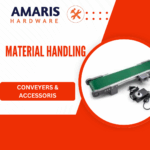 Conveyors and Accessories
Conveyors and Accessories Construction Machinery
Construction Machinery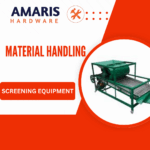 Screening Equipment
Screening Equipment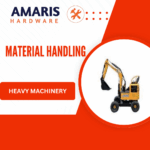 Heavy Machinery
Heavy Machinery
 Paint Brushes & Rollers
Paint Brushes & Rollers Paint Sprayers & Accessories
Paint Sprayers & Accessories Paint Strippers & Thinners
Paint Strippers & Thinners Paint Trays & Accessories
Paint Trays & Accessories Primers & Undercoats
Primers & Undercoats Interior Paints
Interior Paints Exterior Paints
Exterior Paints Varnishes & Stains
Varnishes & Stains Spray Paints
Spray Paints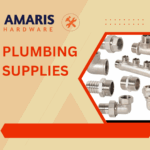
 Pipes & Fittings
Pipes & Fittings Plumbing Tools
Plumbing Tools Pumps & Motors
Pumps & Motors Valves & Taps
Valves & Taps Faucets & Fixtures
Faucets & Fixtures Hoses & Tubing
Hoses & Tubing Water Heaters
Water Heaters Drainage Systems
Drainage Systems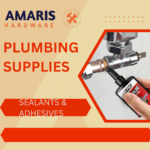 Sealants & Adhesives for Plumbing
Sealants & Adhesives for Plumbing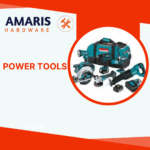
 Nail Guns
Nail Guns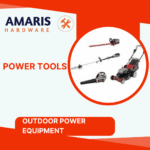 Outdoor Power Equipment
Outdoor Power Equipment Planers or Woodworking Power Tools
Planers or Woodworking Power Tools Pneumatic Tool
Pneumatic Tool Power Tool Accessories
Power Tool Accessories Drills & Drivers
Drills & Drivers Saws
Saws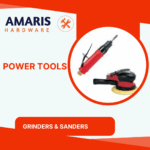 Grinders & Sanders
Grinders & Sanders Heat Guns
Heat Guns Impact Wrenches
Impact Wrenches Batteries & Chargers
Batteries & Chargers Construction Power Tools
Construction Power Tools Cutting Tools
Cutting Tools Demolition & Breaking Tools
Demolition & Breaking Tools Router
Router Woodworking Machinery
Woodworking Machinery
 Safes
Safes Security Cameras
Security Cameras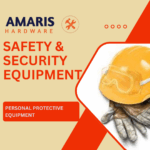 Personal Protective Equipment (PPE)
Personal Protective Equipment (PPE) Fire Safety Equipment
Fire Safety Equipment Locks & Padlocks
Locks & Padlocks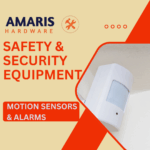 Motion Sensors & Alarms
Motion Sensors & Alarms
 Shelving Units
Shelving Units Storage Bins & Containers
Storage Bins & Containers Toolboxes & Tool Chests
Toolboxes & Tool Chests Pegboards & Hooks
Pegboards & Hooks Workbenches
Workbenches Drawer Organizers
Drawer Organizers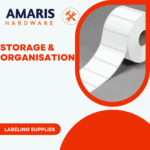 Labeling Supplies
Labeling Supplies
 Flux & Solder Wire
Flux & Solder Wire Soldering Irons & Stations
Soldering Irons & Stations Welding Accessories
Welding Accessories Welding Electrodes & Rods
Welding Electrodes & Rods Welding Helmets & Gloves
Welding Helmets & Gloves Welding Machines
Welding Machines Welding Safety Equipment
Welding Safety Equipment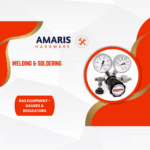 Gas Equipment – Regulators & Gauges
Gas Equipment – Regulators & Gauges

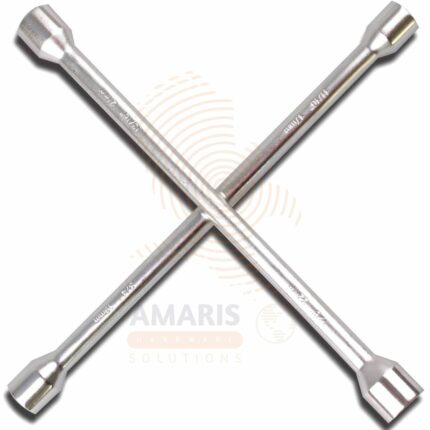
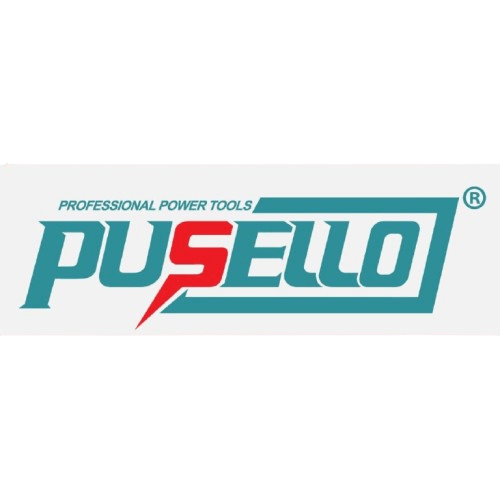



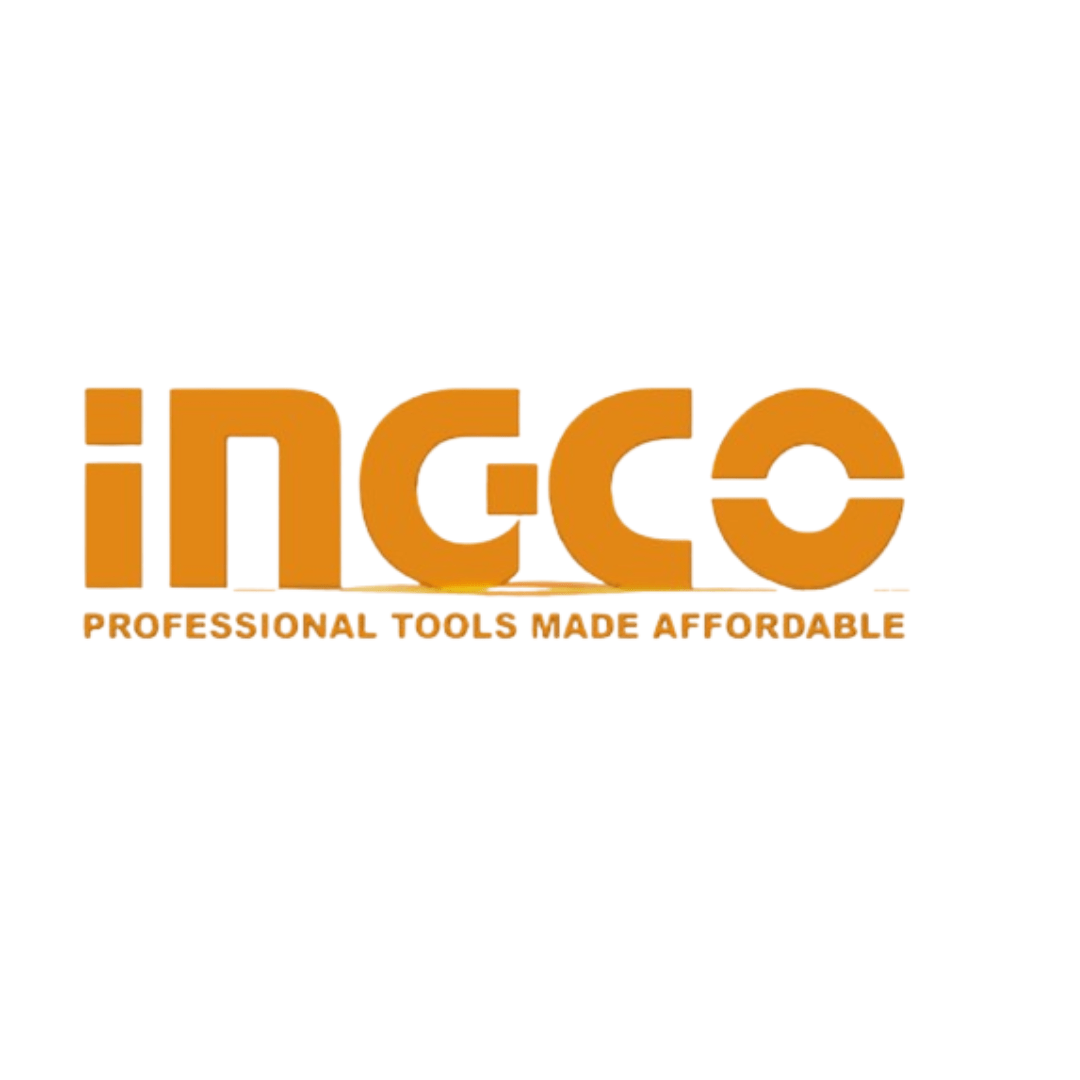
Reviews
There are no reviews yet.